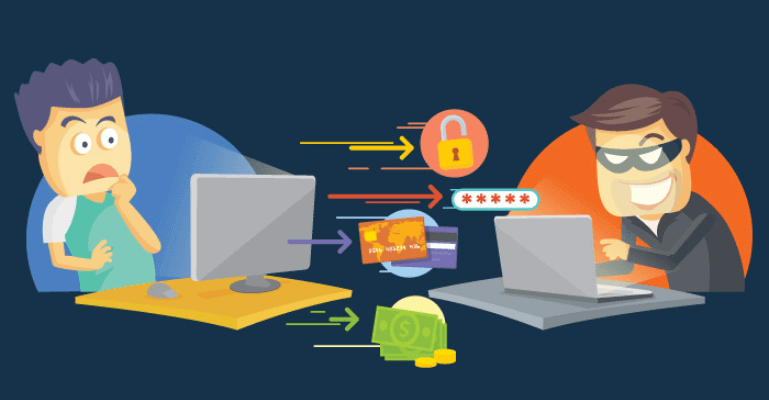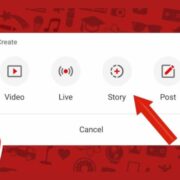Is it true that PPC fraud (click fraud) really costs the average business 20% of their marketing budget?
You already have enough on your plate in these extreme times.
You shouldn’t have to worry about how much of your ad spend is being defrauded.
And although the 20% mentioned above is a fair approximation, understanding what are the common practices and how ad fraud works will enable all of us to minimize our exposure to it, so that maybe the era of COVID-19 won’t be as devastating.
The practice of PPC fraud is nothing new.
In fact, PPC fraud has been around since the early years of PPC advertising.
However, the techniques and the technology have been growing increasingly sophisticated over the years, with the volume of PPC ad fraud holding fairly steady.
In this report, we’ll take a look at:
- What exactly is PPC ad fraud?
- Examples of ad fraud in action.
- Industries affected by click fraud.
- How it affects your business and your budget.
- What is being done to beat the fraud.
- How you can beat click fraud.
What Is PPC Ad Fraud?
PPC fraud is often referred to by a whole plethora of names such as ad fraud, click fraud, invalid clicks, or click bot attacks.
There are also specific practices such as click spoofing, click spamming, and click injection which all have their own super technical processes to defraud you of your ad spend.
If your head is spinning right now with all these terms, we’ll break it down with some simple definitions of ad fraud practices:
Invalid Clicks
This is the term used by Google to describe a click on a paid link that is not genuine in some way.
Invalid clicks may not actually be fraudulent, and can also include honest mistakes such as accidental clicks and repeated clicks by genuine site visitors.
However, under Google’s umbrella term, invalid clicks can also apply to many of the fraudulent practices that follow.
PPC Fraud
This catch-all title refers to any fraudulent practice carried out on PPC advertising.
As such, all of the following terms can be labeled PPC fraud, although the specific definitions that follow can help to pinpoint exactly how you’re being defrauded.
Click Fraud
Referring to any click on your paid links that are not genuine and are often malicious, the definition of click fraud is often applied to clicks on SERP results.
That is, if you’re paying to show at the top of Google or Bing, a fraudulent party may click on your paid links with the aim of depleting your budget and removing you from the paid results.
It also applies to fraudulent clicks on display ads or banners.
Ad Fraud
Here, it gets a little more complicated. The definition of ad fraud is that your paid ads, usually in banner or video format, are hosted on a website that is designed to capitalize on ad payout.
For example, an unscrupulous marketer will make a website designed to host multiple ads (such as yours) and then channel fake traffic through it to collect the payout on clicks or impressions.
You, the marketer, however, pay for lots of clicks and get zero leads or customers.
Click Spoofing, Spamming & Injection
These relatively modern additions to the PPC fraud canon apply mostly to apps and mobile traffic.
It is normally undertaken by an app that is made to generate fake clicks on a device in the hope of collecting the payout for genuine organic installs or clicks.
You, the marketer, may get a genuine customer, but your data will look like you had a huge amount of clicks and the fraudster will collect a payout even from organic installs they have no claim to.
(With searchengineland inputs)
Follow and connect with us on Twitter, Facebook, Instagram and Youtube













